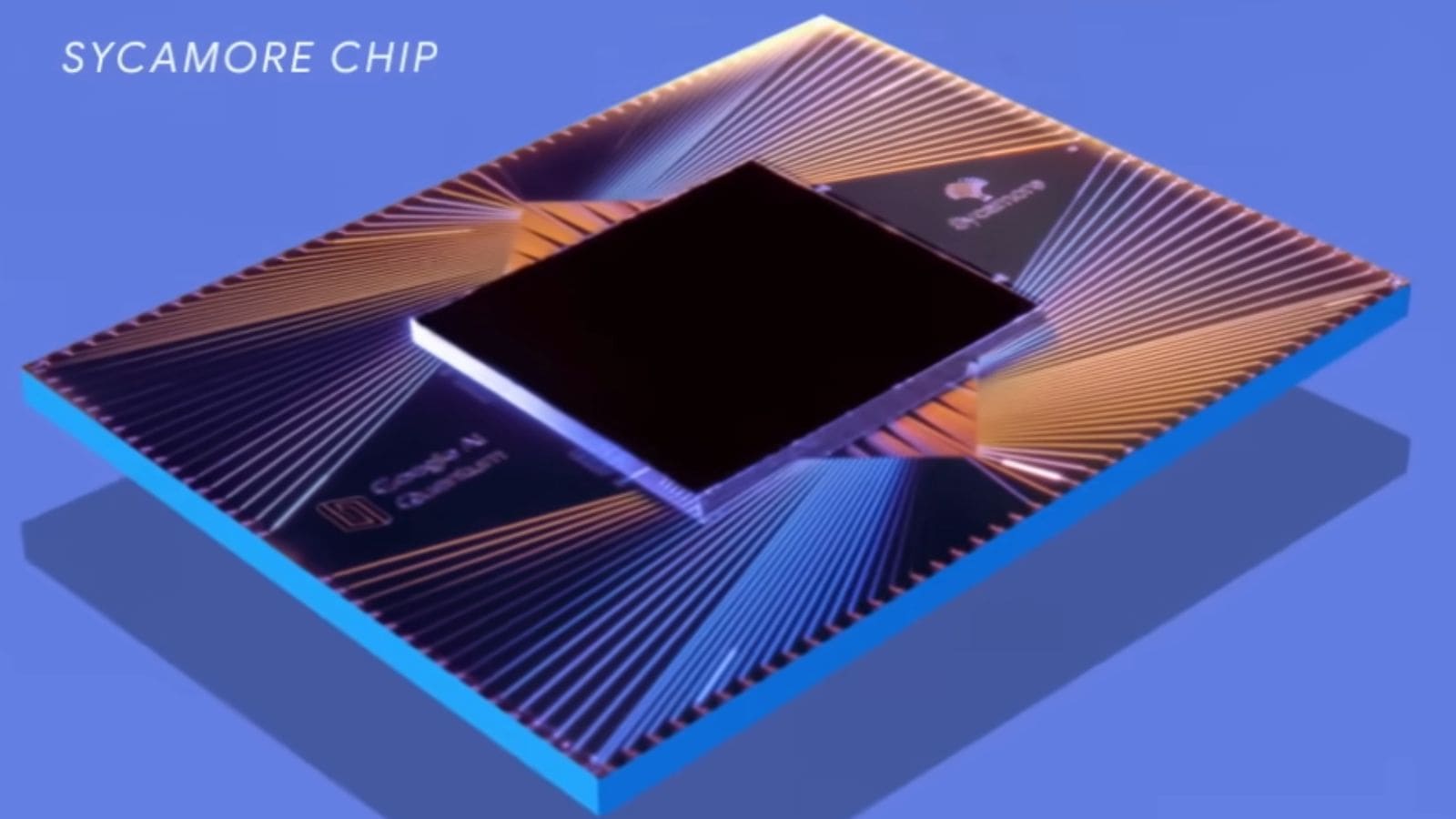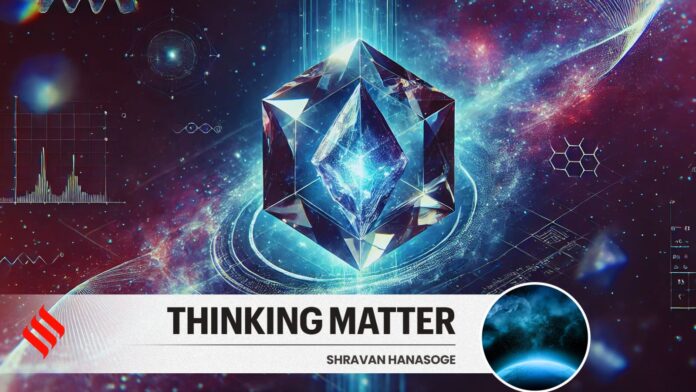In 2012, Nobel Prize–winning physicist Frank Wilczek was riding a wave of curiosity. He had spent his life thinking about the deep symmetries of nature — how things repeat, balance, and conserve. One day, while playing with equations, he had a wild idea: what if crystals could repeat not just in space but in time?
He called this strange, hypothetical object a time crystal. At first, the idea sounded so strange that even other physicists raised eyebrows. How could something just keep ticking forever without using energy? Wouldn’t that break the fundamental laws of physics?
Wilczek himself later admitted:
“I thought people would laugh.”
But a few years later, they were not laughing; they were building them in labs.
Crystals in space and now in time
You probably already know what a regular crystal is — think of a diamond or a snowflake. These are made of atoms lined up in neat, repeating patterns in space.
Wilczek asked: Could something repeat in time instead of space? In other words, could a system, say, a set of atoms, tick on its own, changing rhythmically forever, even when it’s not being pushed or fed energy?

This would be totally different from a clock or a heartbeat, which needs batteries or food. A true time crystal would tick on its own, forever, in its lowest energy state. That’s like a swing that moves on its own, without slowing down or needing another push.
It sounded impossible. But then, it wasn’t.
How scientists did it
For years, time crystals remained a theoretical curiosity—until a team at Google’s quantum lab found a way to bring them to life in 2021. The key tool? A quantum computer called Sycamore.
Story continues below this ad
Sycamore’s qubits—tiny quantum bits made from superconducting circuits—can be manipulated with exquisite precision using microwave pulses. The team engineered a special kind of system known as a Floquet many-body system, which is essentially one that’s driven by a repeating, timed sequence of operations.
 Google Sycamore Chip
Google Sycamore Chip
They applied a carefully designed sequence of flips and interactions to the qubits, much like nudging a line of dominoes to fall in a loop, but in a way that the system responded with a rhythm that was not the same as the drive itself. This is what defines a time crystal: the system “ticks” in a pattern that breaks the symmetry of time, repeating at intervals different from the external prodding.
Meanwhile, a team at Harvard did something similar with lasers and atoms. In both experiments, something remarkable happened: the system found a stable, repeating pattern in time. One that didn’t need extra energy to keep going. This was a new phase of matter. Not solid, liquid, or gas. Something else.
To ensure this wasn’t just a glitch or a fluke, the researchers had to show that this oscillating behaviour was stable, reproducible, and persisted despite imperfections—proof that they had truly built a new phase of matter.
Story continues below this ad
When Google first ran their time crystal experiment, the result seemed too good to be true. In their group, it was common practice to insert fake data into experiments to test if people were being too quick to celebrate. Every big discovery had to pass one final test: someone would open an envelope to check whether the signal was real or planted as a test.
In this case? The envelope said: “Congratulations. You found a time crystal.” It was an achievement that, just a few years earlier, had seemed nearly impossible.
Why this is so weird
Most things in nature settle down. A hot cup of tea cools. A swinging pendulum stops. This is the second law of thermodynamics: energy spreads out, and systems go toward equilibrium.
Time crystals break that rule. They don’t settle. They don’t use energy. And yet, they move.
Story continues below this ad
But don’t get too excited — they’re not perpetual motion machines, and you can’t power your phone with one. They just have a kind of internal “dance” that repeats, forever, under the right quantum conditions. One scientist joked:
“It’s like finding a new way for matter to behave. Like discovering ice, but in time.”
A glimpse into the future?
Right now, time crystals are scientific curiosities. But they might become useful. Because they’re stable and predictable, researchers think they could help with quantum computing — a field where keeping information from being lost or scrambled is extremely difficult.
If qubits could be stored in time crystals, they might become more reliable. Like using a humming, untiring rhythm to keep everything in sync.
No one knows yet. But just like lasers or semiconductors started as weird lab experiments, time crystals could one day find their moment.
Story continues below this ad
A final reflection
The time crystal idea was born from math, laughed at by some, and then built in a lab. It reminds us that nature still has surprises waiting. And that sometimes, the laws we thought were unbreakable just need a closer look.
Wilczek once said, “If you’re not a little bit crazy, you’re not doing science.” Time crystals prove that sometimes, crazy is just what the universe needs.
Shravan Hanasoge is an astrophysicist at the Tata Institute of Fundamental Research.



